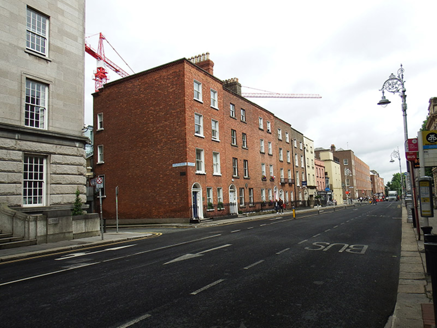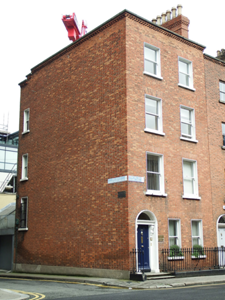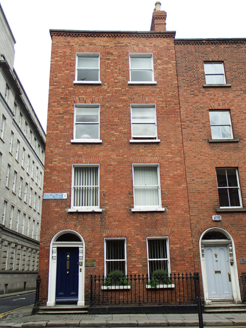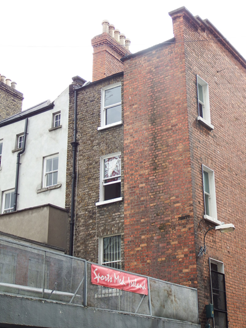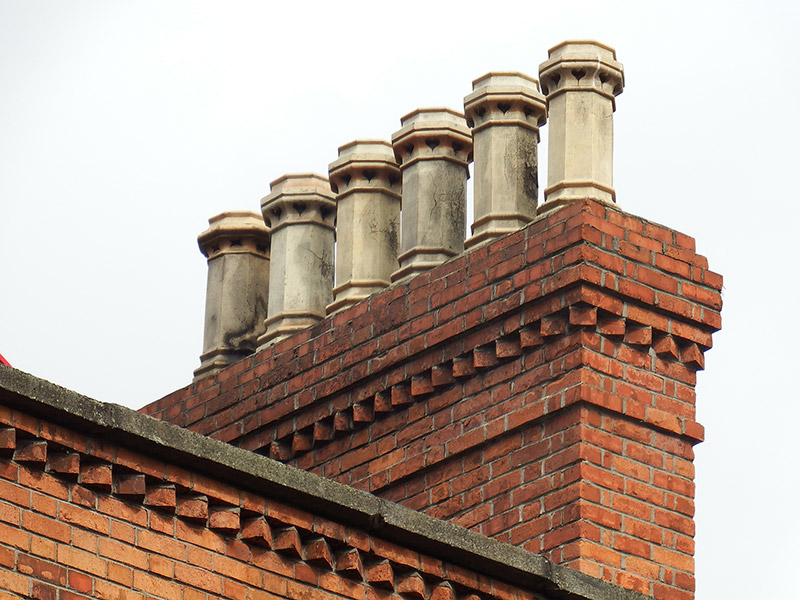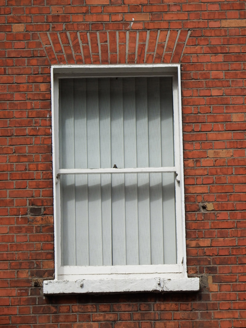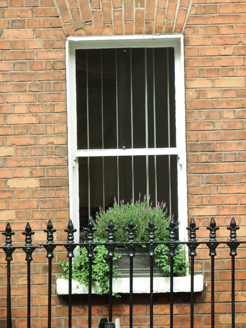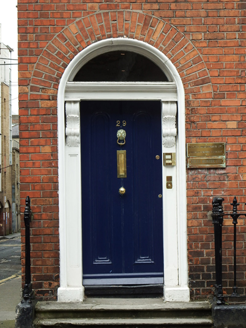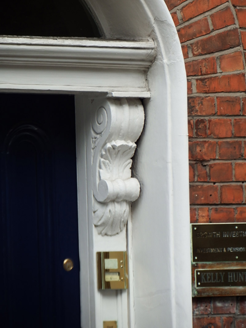Survey Data
Reg No
50100176
Rating
Regional
Categories of Special Interest
Architectural, Artistic
Original Use
House
In Use As
Office
Date
1750 - 1770
Coordinates
316228, 233615
Date Recorded
26/07/2016
Date Updated
--/--/--
Description
Attached corner-sited four-storey former house over basement, built c. 1760, having three-bay ground floor and two-bay upper floors, and full-height rear return. Now in use as offices. Hipped slate roof, behind red brick parapet with stone coping, and with header brick course over cogged course; red brick chimneystack to north party wall with corbelling and cogged course and yellow clay pots; concealed rainwater goods to front, and mix of original cast-iron and replacement uPVC rainwater goods to rear. Flemish bond red brick walling, with painted render to basement, latter with painted masonry coping, and buff brick to rear. Square-headed windows openings, diminishing in height to upper floors, having painted masonry sills, brick voussoirs and one-over-one pane timber sliding sash windows with horns, with replacement uPVC to basement, leaded stained glass to ground floor window to south elevation, and one-over-one pane windows to rear and side elevation. Round-headed entrance doorway, having brick voussoirs, moulded surround, scrolled foliate consoles, moulded cornice, plain fanlight and panelled timber door with round-headed panels. Masonry entrance platform with two steps to street. Basement area enclosed by decorative cast-iron railings on granite plinth.
Appraisal
This stretch of Kildare Street is characterized by a cohesive row of late eighteenth-century brick houses that were rebuilt in the Victorian period and are distinguished by the cogged brick eaves and three-bay openings to their ground floors. The setting remains intact, with cast-iron railings to the basement area. The brickwork provides a pleasant contrast with the stonework of the more monumental buildings on the street. The terrace is relatively well retained, making a strong contribution to the character of Kildare Street and the wider historic core of south Dublin.
